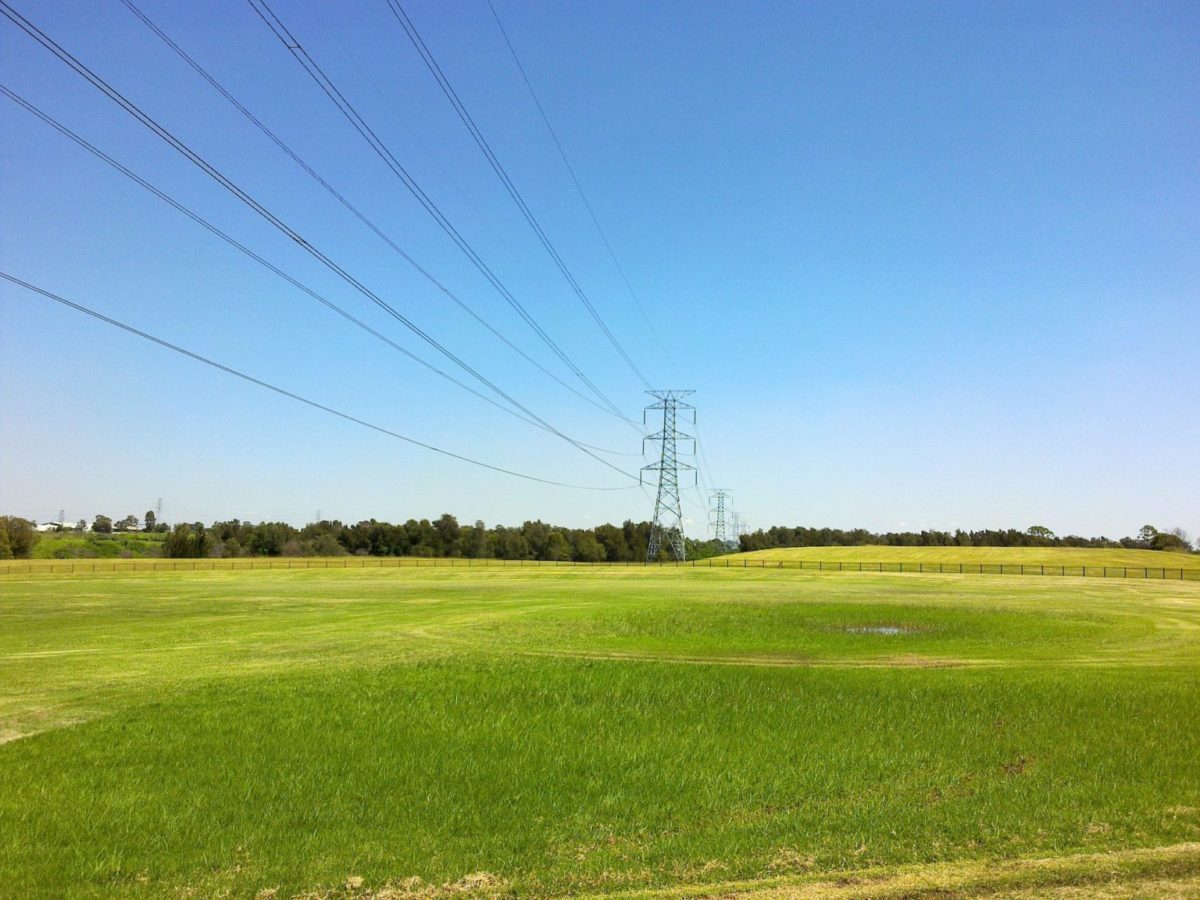Electricity market rule maker, the Australian Energy Market Commission (AEMC) is proposing to bring new, ultra-fast frequency services into the national electricity market in a bid to secure the system as the penetration of renewables grows.
The AEMC says the fast frequency services will come largely from batteries – but also from wind and solar PV. There is also potential for energy users to change their demand for electricity in response to market needs, also known as demand response, it says. These new services will need to respond in two seconds or less – compared with the existing fastest services that operate over timeframes of six seconds.
The new market ancillary services for fast frequency response (FFR) would be procured through spot market arrangements, which the AEMC says is consistent with the Energy Security Board’s spectrum for how essential system services should be procured.
The need for quick response services is increasing as fossil fuel-based power plants, which have traditionally acted as a buffer against changes in frequency, are being retired. The AEMC says its draft blueprint is a way of rewarding how valuable rapid-fire services are to the market as it looks for the industry to grow in this direction.
“These ultra-fast services have never been provided before and this will introduce more flexibility into the fleet as well as spur on market innovation as solar, wind, demand-response and batteries compete to provide these sought-after services,” AEMC Chief Executive, Benn Barr, said in a statement.
“That’s good for consumers because it will keep costs down compared to an alternative of producing more of different types of frequency response which aren’t as granular. This, plus the benefits of competition and innovation will lower costs to consumers.”

The AEMC also said its fast frequency response work released today aligns with the Energy Security Board’s wider program to develop essential system services – a key plank of its post 2025 market design, which is poised to significantly shift Australia’s electricity system design.
“The foundation of a low-carbon future for the energy sector is building new ways to keep the system in balance and stable through the transition,” Barr said.
“System security is the most critical issue in the national electricity market and a key priority area for the Commission. Our draft determination released today paves the way for valuing new types of fast-response services that can keep the system in a secure operating state – balancing electricity supply and demand in real time. Achieving that balance through stable frequency means the system can ride through most power disturbances.”
Electricity frequency variations, which occur when supply and demand don’t match, must stay within a range of around 50 hertz to avoid blackouts. While small imbalances in supply and demand are common and easily accommodated, larger imbalances are harder to control.
As Australia’s energy mix shifts towards renewables, which generate power intermittently, the level of inertia in the system is forecast to decline – meaning more and faster services to control frequency are needed.
“Today’s draft determination is part of a suite of long-term security and reliability measures the Commission is working on as we think ahead to the services that will be needed in a new-look power system and shift the focus away from emergency solutions. It is the first of the new markets that will be put in place to value system services and introduces arrangements to allow the Australian Energy Market Operator (AEMO) to procure fast frequency response services to better tailor the speed of response in the power system,” the AEMC’s release this morning read.
The draft determination follows an initial rule change request from Infigen Energy and extensive consultation with stakeholders.
Submissions to the draft are due by 3 June 2021. If approved, the changes will be in place within three years, which allows AEMO time to develop a product specification and make required IT and system changes, it said.
The Commission is also working on a separate rule change request from AEMO to improve incentives for primary frequency control during normal operation, with a draft determination expected by 16 September 2021.
This content is protected by copyright and may not be reused. If you want to cooperate with us and would like to reuse some of our content, please contact: editors@pv-magazine.com.




By submitting this form you agree to pv magazine using your data for the purposes of publishing your comment.
Your personal data will only be disclosed or otherwise transmitted to third parties for the purposes of spam filtering or if this is necessary for technical maintenance of the website. Any other transfer to third parties will not take place unless this is justified on the basis of applicable data protection regulations or if pv magazine is legally obliged to do so.
You may revoke this consent at any time with effect for the future, in which case your personal data will be deleted immediately. Otherwise, your data will be deleted if pv magazine has processed your request or the purpose of data storage is fulfilled.
Further information on data privacy can be found in our Data Protection Policy.